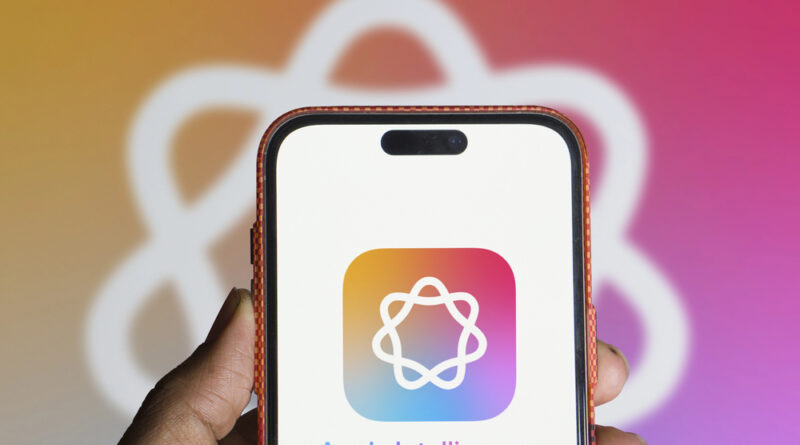Apple’s AI Struggles: Is the Tech Giant Falling Behind in the AI Race?
When Apple CEO Tim Cook stepped on stage at this year’s Worldwide Developers Conference (WWDC), there was heightened curiosity surrounding one key question: Is Apple losing ground in the high-stakes AI race?
A year ago, Apple unveiled “Apple Intelligence,” its response to the generative AI revolution ignited by OpenAI’s ChatGPT. With over a billion iPhones globally, Apple seemed poised to dominate artificial intelligence, leveraging its extensive user base, vast data pools, and advanced custom silicon chips. Yet, twelve months later, industry insiders and investors are openly questioning Apple’s direction and whether the tech giant has missed a critical opportunity.
While rivals OpenAI, Google, and Meta continue pushing boundaries with ever-more sophisticated AI technologies, Apple Intelligence has stumbled out of the gate. Its initial AI-powered features, such as text rewriting, improved Siri interactions, and automated photo-based slideshows, were received with lukewarm enthusiasm. Worse still, an anticipated major Siri upgrade—designed to integrate deeply with iPhone apps—was abruptly delayed, highlighting Apple’s struggles to deliver on ambitious AI promises.
In stark contrast, competitors have accelerated their AI innovations. OpenAI recently partnered with legendary former Apple designer Jony Ive through its acquisition of hardware startup io, aiming to build revolutionary AI-driven products. Google’s Gemini AI models are poised to replace traditional assistants on Android devices, handling complex tasks like summarizing videos—features notably beyond Siri’s current capabilities. Meanwhile, Meta’s Ray-Ban Meta Glasses have surged in popularity, seamlessly integrating generative AI into daily wearables.
Apple’s traditionally cautious approach contrasts sharply with its rivals’ aggressive strategies. While tech giants like Amazon, Meta, Microsoft, and Google are collectively pouring hundreds of billions of dollars into AI infrastructure, Apple maintains a conservative investment profile, renting rather than owning much of its required computational resources. This has prompted some analysts, like Deepwater Asset Management’s Gene Munster, to suggest that Apple must take bold steps—potentially through strategic acquisitions—to quickly catch up.
The pressure is mounting. Eddy Cue, Apple’s senior vice president of services, recently hinted during an antitrust trial against Google that AI’s rapid evolution might even threaten Apple’s flagship iPhone product line within a decade. Cue’s startling statement—implying that AI-driven interfaces could render smartphones obsolete—has underscored how transformative the AI revolution might become.
For Apple, a company famously secretive about internal operations, the question now revolves around its next move. Observers suggest Apple’s best option might be significant strategic acquisitions, like the AI leader Anthropic, valued at $61.5 billion. Such a bold acquisition would dwarf Apple’s previous record purchase of Beats Electronics for $3 billion in 2014.
Apple isn’t entirely out of the race yet. Its advanced custom silicon, developed specifically with AI capabilities, positions the company to quickly leverage on-device AI experiences. According to David Stout, co-founder of WebAI, Apple’s silicon offers efficiency and performance advantages that could underpin significant advancements in consumer-level AI applications.
However, to regain its competitive edge, Apple must deliver more than incremental improvements. The company needs a revolutionary leap—new devices, compelling AI interfaces, or strategic partnerships—that demonstrate clear leadership in AI innovation. As AI rapidly reshapes consumer technology, Apple’s next steps will determine whether the iconic brand maintains its dominance or finds itself playing catch-up in a world redefined by artificial intelligence.
Photo Credit: DepositPhotos.com

